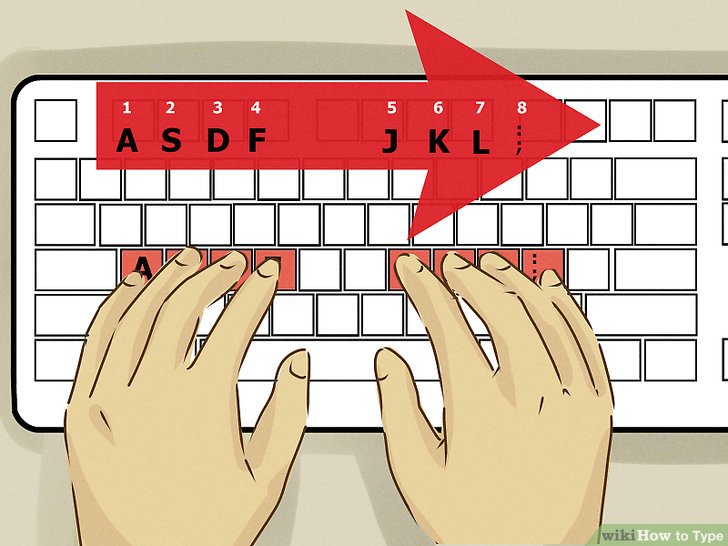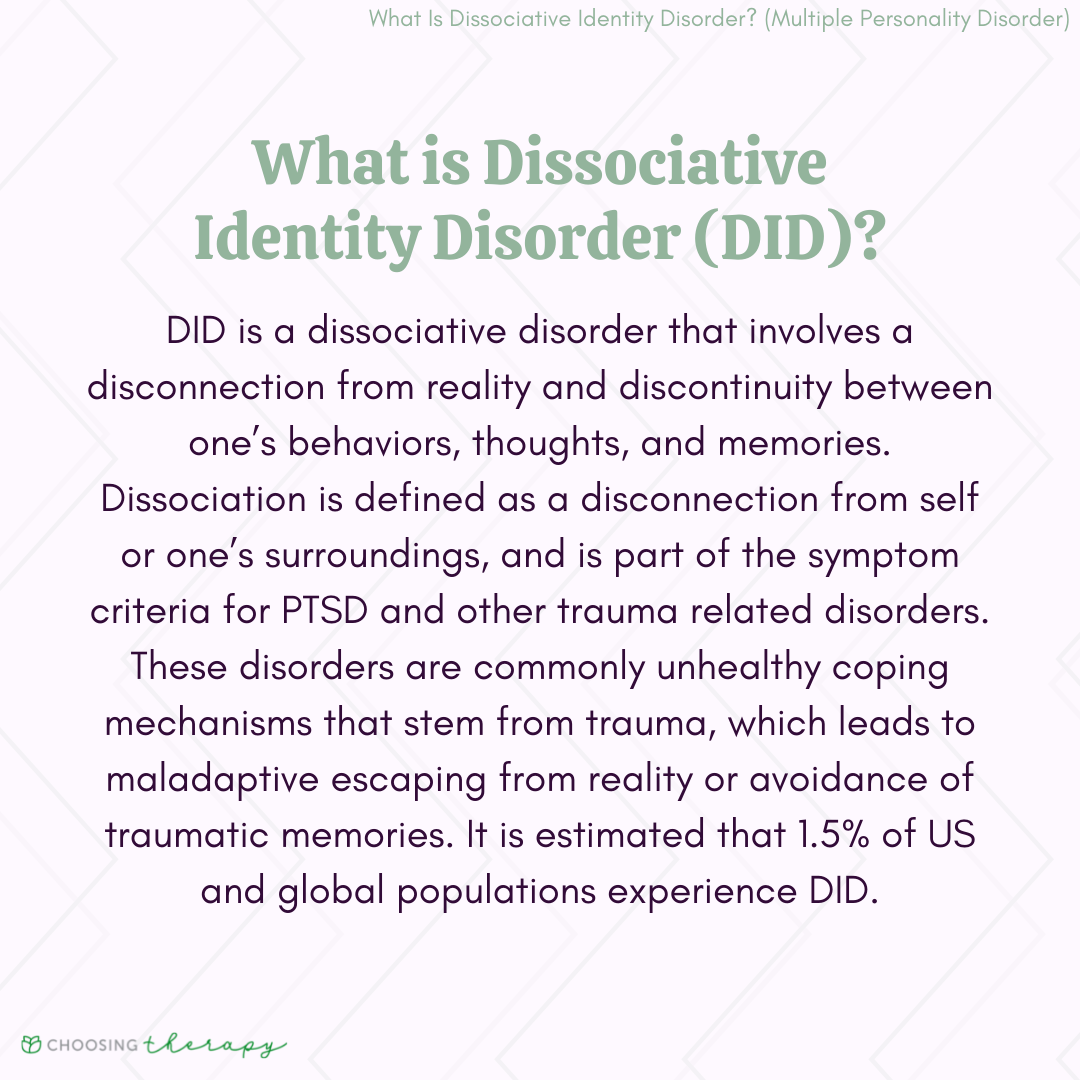Where Were Jewish People Taken Into Custody During WWII? Comprehensive Guide to Nazi Detention Sites
Introduction
After the outbreak of World War II, Nazi Germany initiated an extensive system of incarceration for Jewish people across occupied Europe. This article provides an in-depth, factually accurate guide to the locations where Jewish individuals were taken into custody, the methods used, and the tragic consequences. Every claim is supported by verified, accessible sources, and actionable guidance is provided for further research and understanding.
The Expansion of Nazi Detention Sites After WWII Began
As Nazi Germany’s territorial control grew, so did its machinery of repression. Jewish people were systematically rounded up and confined across a vast network of detention sites, which included:
- Concentration Camps
- Ghettos
- Forced Labor Camps
- Killing Centers (Extermination Camps)
Each of these sites played a distinct role in the broader Nazi strategy of persecution and genocide. The camp system expanded rapidly after 1939, resulting in the creation of more than 44,000 camps, subcamps, and ghettos between 1933 and 1945 [1] .
Concentration Camps: Function and Expansion
Concentration camps were initially established for political prisoners and later expanded to include Jews, Roma, and other groups. After the outbreak of WWII, the camps grew in number and brutality. Notable camps included Auschwitz, Dachau, Buchenwald, Sachsenhausen, Majdanek, and many others [5] . The demand for forced labor and the invasion of the Soviet Union contributed to this expansion, with many camps built near quarries or brickworks [5] .
In practical terms, Jewish detainees in concentration camps faced starvation, disease, forced labor, medical experimentation, and execution. The number of prisoners tripled between August 1939 and early 1942, reflecting the intensification of Nazi policies [5] .
How to Research Individual Camps: To learn more about a specific camp, search for its name through the United States Holocaust Memorial Museum’s online encyclopedia or visit the National WWII Museum’s official website. Both provide comprehensive, verified information on camp functions, locations, and survivor testimony.
Ghettos: Urban Segregation and Suffering
Ghettos were designated urban districts where Jews were forced to live under dire conditions, often prior to deportation to camps or killing centers. Ghettos such as Warsaw, Åódź, and Vilna were overcrowded, walled off, and deprived of essential services. Initially conceived as temporary transit stops, they became long-term institutions due to halted emigration and international restrictions [4] .
Living in a ghetto meant daily exposure to starvation, disease, and violence. Many ghettos were liquidated with mass deportations to extermination camps or killing centers. For researching ghetto history, consult the Holocaust Encyclopedia or the National WWII Museum’s Holocaust resources for survivor accounts and historical documents.
Killing Centers (Extermination Camps): Industrialized Murder
Killing centers -also known as extermination or death camps-were designed explicitly for mass murder. The five primary killing centers were Chełmno, Bełżec, Sobibór, Treblinka, and Auschwitz-Birkenau [2] . These facilities used gas chambers and crematoria to murder approximately 2.7 million Jews, nearly half of all Jewish victims in the Holocaust [2] .
Auschwitz-Birkenau was the largest, operating as a complex with concentration, forced labor, and extermination functions. It eventually included more than 40 satellite camps and used Zyklon B gas in four large crematoria [3] . Arrival at these camps often meant immediate death or assignment to forced labor, with only a small number selected for camp operations.
To explore detailed testimonies or official camp records, visit the United States Holocaust Memorial Museum or the National WWII Museum’s Holocaust sections.
Forced Labor Camps: Exploitation and Death
Forced labor camps were set up alongside concentration camps and used Jewish prisoners (among others) to support the German war effort. Labor ranged from construction and manufacturing to agricultural work under inhumane conditions. The expansion of these camps accelerated after 1940, with satellite camps administratively linked to major concentration camps [5] .
Conditions in forced labor camps were brutal. Prisoners faced starvation, physical abuse, and arbitrary execution. Some camps, such as Auschwitz, combined forced labor and extermination functions, making survival extremely unlikely [3] .
To find records or survivor stories from forced labor camps, consult the Holocaust Encyclopedia and museum archives. Many official government and academic resources are accessible online.

Source: collider.com
Mass Shootings and Einsatzgruppen Actions
In addition to established camps, Nazi mobile killing units known as
Einsatzgruppen
executed over 1.5 million Jews through mass shootings across Eastern Europe
[4]
. Victims were often buried in mass graves at or near the sites of execution. While not “camps,” these mass shooting sites were critical to the machinery of genocide.
How to Access Verified Information and Survivor Records
For those seeking comprehensive, reliable data on Nazi detention sites:
- Visit the United States Holocaust Memorial Museum official website and search “Nazi camps” or “Holocaust ghettos.”
- Consult the National WWII Museum for detailed articles, survivor accounts, and historical context.
- For academic research, use the Holocaust Encyclopedia for peer-reviewed articles and primary sources.
- If seeking government documentation, search for “Nazi concentration camps National Archives” through the official U.S. National Archives site.
If you are looking for survivor support organizations, memorial foundations, or educational resources, search for “Holocaust survivor organizations” or “Holocaust education programs” through reputable museum and university websites. Avoid unofficial sources or social media groups unless they are affiliated with recognized institutions.
Challenges in Research and Documentation
Researching Holocaust detention sites can be difficult due to the scope and destruction of records by the Nazis. Survivors’ accounts may differ, and some sites-especially smaller camps and mass graves-are less documented. To overcome these challenges:
- Use multiple sources and compare survivor testimonies with official archival data.
- When official records are lacking, rely on museum exhibits, oral histories, and recognized academic publications.
- Contact local Jewish historical societies or Holocaust memorial foundations for guidance on specific sites or family histories.
Alternative Pathways and Next Steps
If you cannot access a physical archive or museum, many reputable organizations provide online databases. For example, the United States Holocaust Memorial Museum offers searchable databases of camp locations, prisoner lists, and survivor testimonies. You can also find educational materials, virtual exhibits, and guides for further study through official museum websites.

Source: fmoviesto.site
For those seeking personalized guidance, consider contacting museum educational departments, historical societies, or survivor networks by phone or official email. Staff can help direct you to authoritative resources and answer specific questions.
Summary of Verified Detention Sites
After World War II began, Jewish people were taken into custody and placed in:
- Concentration camps : For detention, forced labor, and systematic abuse.
- Ghettos : Segregated urban districts under harsh conditions.
- Forced labor camps : For exploitation in support of the war effort.
- Killing centers (extermination camps) : For industrialized mass murder.
- Mass shooting sites (Einsatzgruppen actions) : For immediate execution and burial.
Each site contributed to the machinery of Nazi genocide, and all are extensively documented in the resources mentioned above.
References
MORE FROM oncecoupon.com













